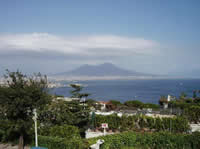
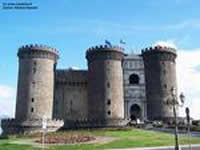
|
THIS TRIP BIGINS AND CONCLUDES IN ROME UNLESS OTHERWISE INDICATED BY OUR CLIENT. DIFFERENT RATES WILL BE APPLIED IF DAY TRIP DOESN’T START OR ENDS IN ROME CITY.
We will pick you up at your hotel or wherever you wish by our air conditioned vehicles.
Our skilled multilingual driver guides will show you the most interesting places of the city by giving you the key information from the car without coming within sites.
Qualified stores for shopping will be suggested.
During the itinerary you may have a breathtaking view of the City of Naples.
Will keep driving to the ancient Castel Nuovo that is one of the most notable architectural representatives of the city, also known as Maschio Angioino.
Then we will continue passing through Piazza del Plebiscito: the largest square in Naples.
It is named for the plebiscite taken in 1860 that brought Naples into the unified Kingdom of Italy under the House of Savoy.
After Naples we'll transfer to POMPEI (for centuries interested people and archaeologists from all over the world), covered by the Mount Vesuvius volcano eruption in the 79 A.C. (temporarily inactive) where you'll have two Hrs at disposal to visit the ruins of the Roman City.
Here we can provide a licensed multilingual speaking guide for a 2 hours private tour at the total addtitional cost of Euro 120 (up to 8 pax) plus Euro 11 each for the entrance ticket.
Stop for lunch (price not included) and drive back to Rome. |
.jpg)
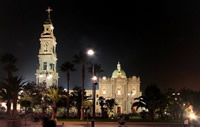
|
Naples is a historic city in southern Italy, the capital of the Campania region and the province of Naples.
The city is known for its rich history, art, culture and gastronomy, playing an important role throughout much of its existence; it is over 2,500 years old. Naples is located halfway between two volcanic areas, the volcano Mount Vesuvius and the Phlegraean Fields, sitting on the coast by the Gulf of Naples.
Founded by the Ancient Greeks as Neápolis (New City), it held an important role in Magna Graecia and then as part of the Roman Republic in the central province of the Empire.
Naples was the capital city of a kingdom which bore its name from 1282 until 1816 in the form of the Kingdom of Naples, then in union with Sicily it was the capital of the Two Sicilies until the Italian unification.
Naples is well-known for its historic castles: the ancient Castel Nuovo is one of the most notable architectural representatives on the city, also known as Maschio Angioino; it was built during the time of Charles I, the first ever king of Naples.
The central and main open city square or piazza of the city is the Piazza del Plebiscito.
In the area surrounding Naples are the islands of Procida, Capri and Ischia, which are reached by hydrofoils and ferries.
Sorrento and the Amalfi Coast are situated south of Naples. The Roman ruins of Pompeii, Herculaneum and Stabiae, which were destroyed in the eruption of Vesuvius in 79 AD, are also nearby Naples and near the volcanic area known as the Campi Flegrei and the port towns of Pozzuoli and Baia, which were part of the vast Roman naval facility, Portus Julius.
Today the historic centre of the city is listed by UNESCO as a World Heritage Site.
The metropolitan area of Naples is the third most populated in Italy after Rome and Milan and the 15th largest in Europe with around 3.8 million people. In the central area, the city itself has a population of around 1 million people;-the inhabitants are known as Neapolitans or poetically partenopei.
The language spoken by its inhabitants, the Neapolitan language is spoken with similar variations throughout most of Southern Italy.
The city is synonymous with pizza, which originated in the city. A strong part of Neapolitan culture which has had wide reaching effects is music, including the invention of the romantic guitar and the mandolin as well as strong contributions to opera and folk standards. There are popular characters and figures who have come to symbolise Naples; these include the patron saint of the city Januarius, Pulcinella, and the Sirens from the epic Greek poem the Odyssey. |
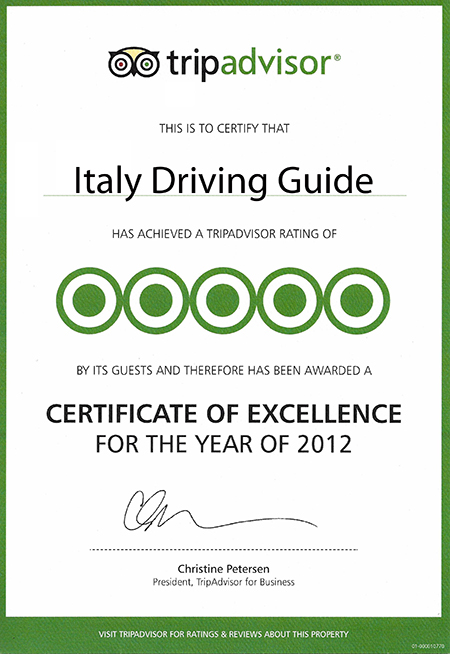

![]()
![]()
![]()


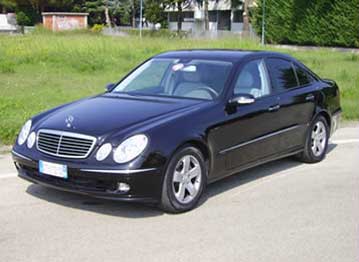
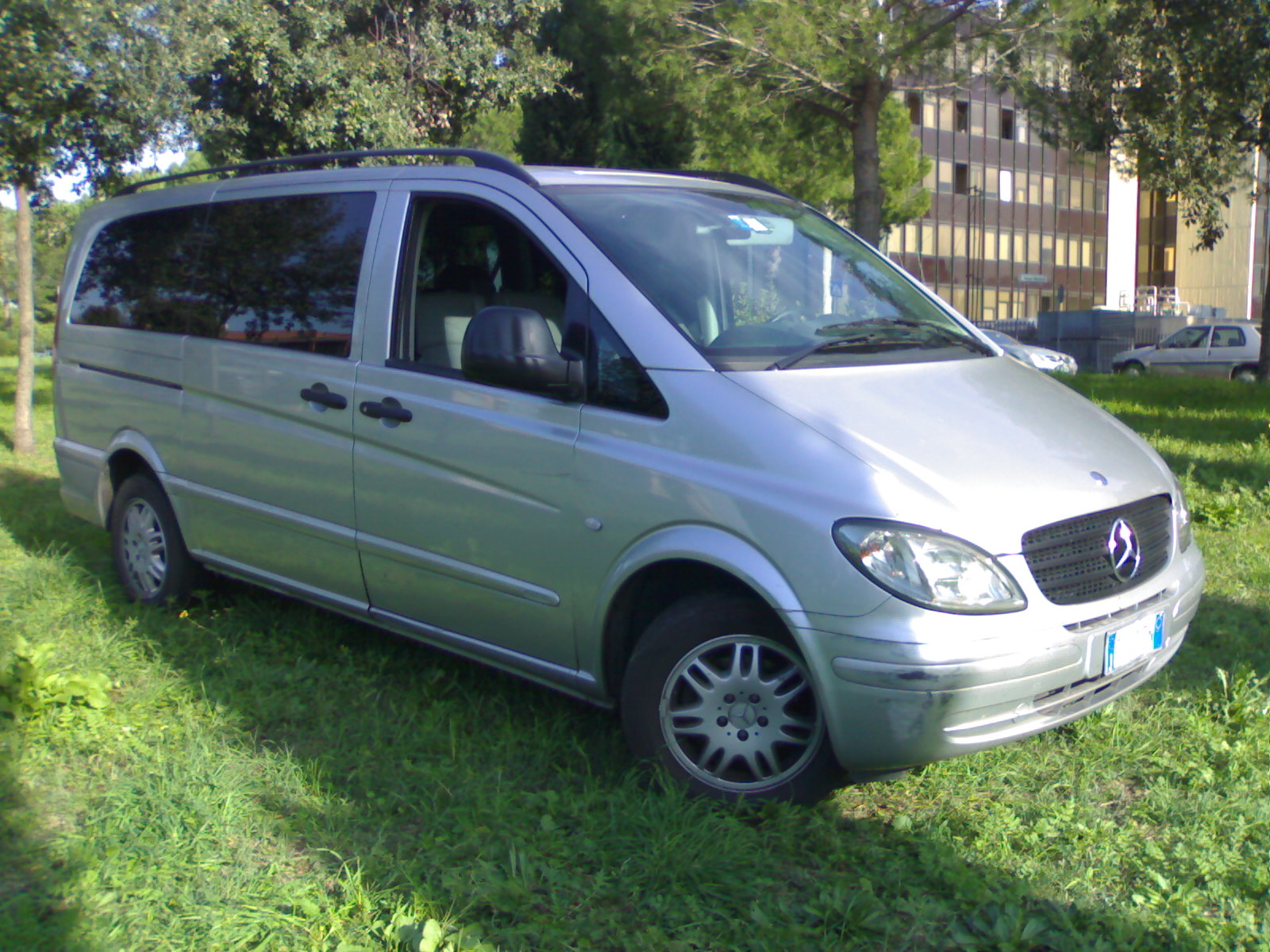
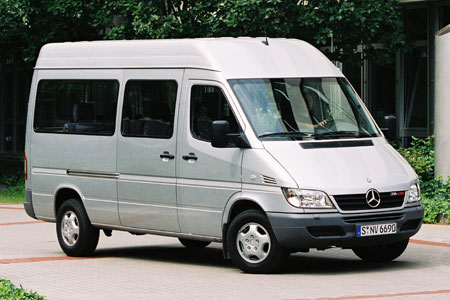
.jpg)
